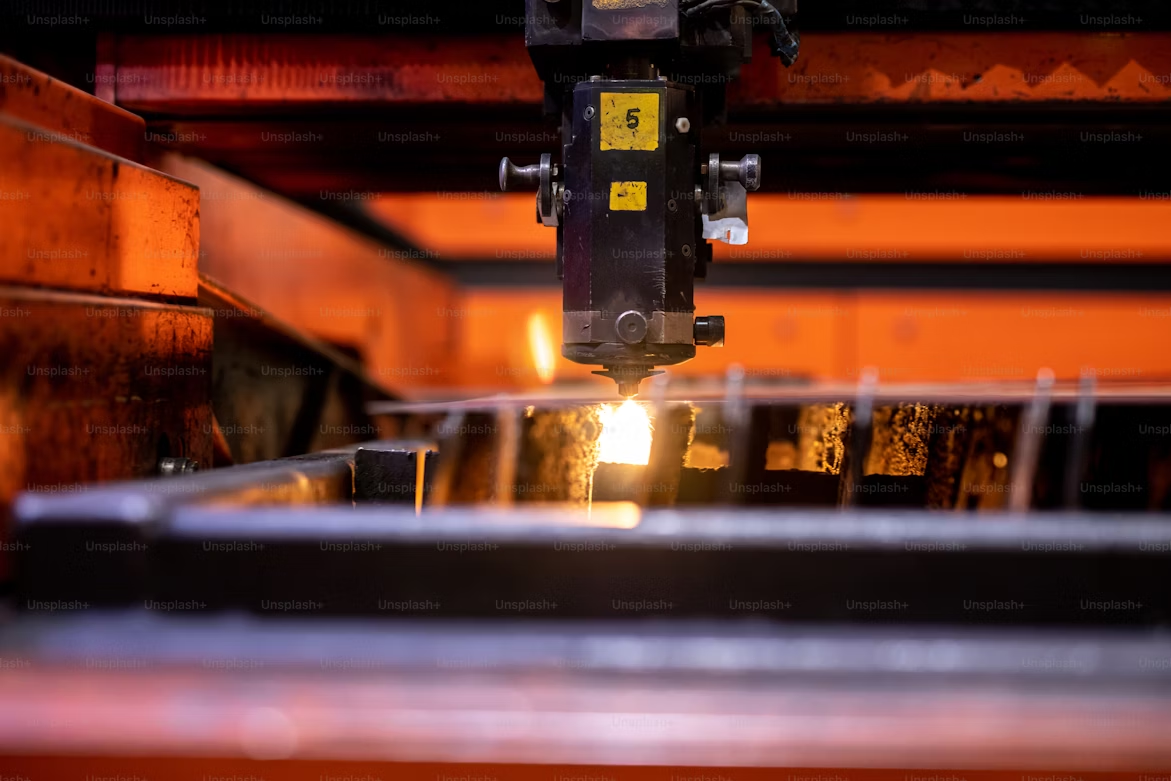Insufficient Resources and Challenges for Private Investment
While various financial programs have been announced by governments across Europe to strengthen resilience in the defense sector and support SMEs, public resources alone are insufficient. Private investment in this sector has been moderate due to the challenges associated with divesting these strategic and highly regulated entities. Additionally, mid-cap defense companies had struggled to obtain traditional bank financing because of their complex financial needs and negative sustainability image. These difficulties have created a significant lending gap.
Fragmentation of the European Defense Ecosystem
The European SME ecosystem in the defense sector is highly fragmented and generally structured along national borders. A 2022 survey conducted by the Coordinated Annual Review on Defense (CARD) found that only 18% of investments in defense programs were collaborative, indicating that cooperation remains the exception rather than the norm. To address this lack of cohesion and strengthen the effectiveness and resilience of the European defense industry, cross-border initiatives have emerged.
Collaborative Efforts: The European Defense Fund and OCCAR
The European Defense Fund (EDF) functions as the Commission’s mechanism to promote research and development activities in the field of defense, with €2.7 billion for collaborative defense research and €5.3 billion for collaborative capability development projects that complement national contributions. Financial support is primarily offered through grants, which can cover up to 100% of eligible costs, depending on the activities concerned, with a bonus system that considers SMEs, mid-caps, and connections to Permanent Structured Cooperation (PESCO) projects.
PESCO Projects: Enhancing Cooperation Among Member States
Currently, 68 projects are being developed under PESCO, each led by various participating Member States. These projects cover a wide range of areas, including training, land, maritime, air, cyber, and joint enablers, and aim to enhance cooperation and capabilities among EU Member States.
OCCAR, the Organization for Joint Armament Cooperation, is another initiative aimed at strengthening European collaboration on defense equipment. Established in 1996 by Germany, France, Italy, and the United Kingdom, OCCAR facilitates and manages collaborative defense equipment programs among European countries by pooling their resources, expertise, and technology. Its Supervisory Board includes the defense ministers of six member states, with Spain and Belgium in addition to the founding members, as well as non-member participating states and observer countries.
Rethinking Supply Chain Strategies: From JIT to JIC
The shift towards high-intensity conflict has exposed the shortcomings of the European Just-in-Time (JIT) model in meeting modern operational and supply chain demands. The JIT model, which attempts to reduce inventory costs by producing and receiving defense goods only as needed, is no longer sufficient in a high-intensity warfare environment. Rapid response and flexibility are crucial, yet the JIT model’s focus on minimal stock levels can lead to insufficient reserves and slower response times during emergencies.
Before the resurgence of conflict in 2022, the European defense system was optimized for peacetime production, maintaining low inventory levels and producing goods only as necessary. This approach was suitable for a relatively benign geopolitical environment and allowed for the reallocation of defense spending towards welfare and education, known as the peace dividend. However, the current geopolitical landscape requires a shift away from the JIT model to a Just-in-Case (JIC) model that prioritizes maintaining substantial stock reserves to be ready to respond to potential threats.
Conclusion: A Comprehensive Approach for a Resilient Defense Industry
In conclusion, addressing the challenges facing the European defense sector requires a comprehensive approach that includes increased investment, enhanced collaboration, and a fundamental shift in supply chain strategies. The path to a more resilient and effective European defense industry is steep, but necessary to meet the demands of an evolving security environment.
